Many things that cause heart disease, such as lack of vitamins, lack of exercise, stress-increasing and unhealthy eating patterns into some of the factors that cause heart disease. Keep the heart healthy is important to you. Eating healthy foods is the best way to maintain a healthy heart.
Here are some foods that can make you a healthier heart:
1. Spinach
Spinach contains a lot of vitamin C and beta-carotene which is essential to prevent bad cholesterol heart destroyer. Additionally Folate in spinach also helps break down homocysteine, a dangerous substance in the blood associated with heart disease.
2. Oatmeal
A bowl of oatmeal every day good for heart health because it gives a lot of soluble fiber. Oatmeal provides a signal to the liver to produce less cholesterol. Oatmeal also good for the digestive system and helps remove cholesterol from your body.
3. Green tea
Some studies have suggested that tea has an important role in lowering the risk of heart disease. Scientists have found that those who drank 12 ounces or more of tea a day had half the risk of heart attack than non-tea drinkers.
4. Red beans
Kidney beans are very good for absorbing bad cholesterol that can damage the human heart. Red beans are also rich in antioxidants called anthocyanins.
5. Wine
Good wine for heart blood vessels. Phenolic compounds in red wine suppress enzymes that block the blood vessels and block blood flow to the heart.
Purple grape juice also has the same benefits for heart health.
6. Tuna Fish
Tuna fish contains a lot of omega 3 fatty acids that are useful to thin the blood and prevent strokes. Omega-3 fatty acids can also lower bad cholesterol and raise good cholesterol levels in the blood.
7. Garlic and onions
Garlic and onions contain phytonutrients called allylic sulphides that can help increase good cholesterol and lower blood fats (triglycerides). In addition, they also help to increase blood flow by preventing platelets from sticking together and forming blood clots.
8. Olive oil
Olive oil is rich in mono unsaturated fatty acids that can lower cholesterol and contain a lot of good cholesterol to maintain a healthy pulse.
9. Fruits, such as Oranges
Oranges are rich in vitamin C and fiber. The fruit is also rich in flavanones (one of which is a phytonutrient compounds hesperidin) were shown to lower the levels of bad cholesterol and increase good cholesterol.
10. Green leafy vegetables
Green vegetables such as spinach, broccoli, mint, roasted peanuts, peas, cabbage, lettuce and parsley are rich in iron and can also strengthen the immune system.
Thanks for visiting...
Here are some foods that can make you a healthier heart:
1. Spinach
Spinach contains a lot of vitamin C and beta-carotene which is essential to prevent bad cholesterol heart destroyer. Additionally Folate in spinach also helps break down homocysteine, a dangerous substance in the blood associated with heart disease.
2. Oatmeal
A bowl of oatmeal every day good for heart health because it gives a lot of soluble fiber. Oatmeal provides a signal to the liver to produce less cholesterol. Oatmeal also good for the digestive system and helps remove cholesterol from your body.
3. Green tea
Some studies have suggested that tea has an important role in lowering the risk of heart disease. Scientists have found that those who drank 12 ounces or more of tea a day had half the risk of heart attack than non-tea drinkers.
4. Red beans
Kidney beans are very good for absorbing bad cholesterol that can damage the human heart. Red beans are also rich in antioxidants called anthocyanins.
5. Wine
Good wine for heart blood vessels. Phenolic compounds in red wine suppress enzymes that block the blood vessels and block blood flow to the heart.
Purple grape juice also has the same benefits for heart health.
6. Tuna Fish
Tuna fish contains a lot of omega 3 fatty acids that are useful to thin the blood and prevent strokes. Omega-3 fatty acids can also lower bad cholesterol and raise good cholesterol levels in the blood.
7. Garlic and onions
Garlic and onions contain phytonutrients called allylic sulphides that can help increase good cholesterol and lower blood fats (triglycerides). In addition, they also help to increase blood flow by preventing platelets from sticking together and forming blood clots.
8. Olive oil
Olive oil is rich in mono unsaturated fatty acids that can lower cholesterol and contain a lot of good cholesterol to maintain a healthy pulse.
9. Fruits, such as Oranges
10. Green leafy vegetables
Green vegetables such as spinach, broccoli, mint, roasted peanuts, peas, cabbage, lettuce and parsley are rich in iron and can also strengthen the immune system.
Thanks for visiting...
















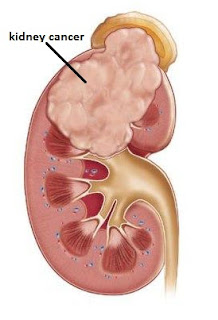

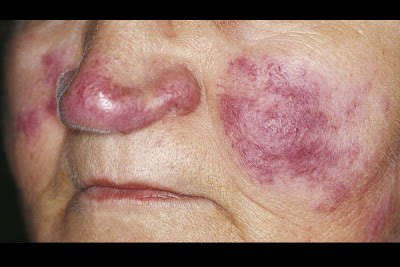
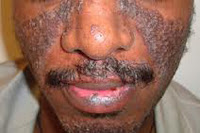
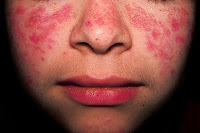



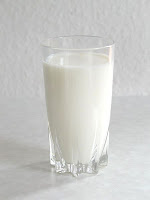

.jpg)
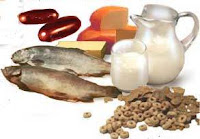

.jpg)
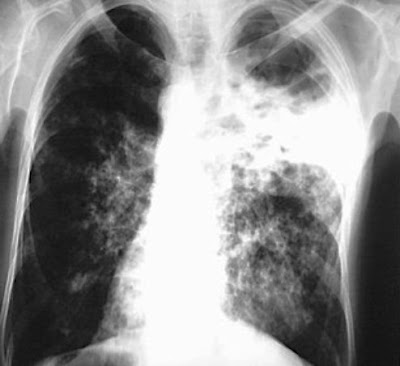


.jpg)


